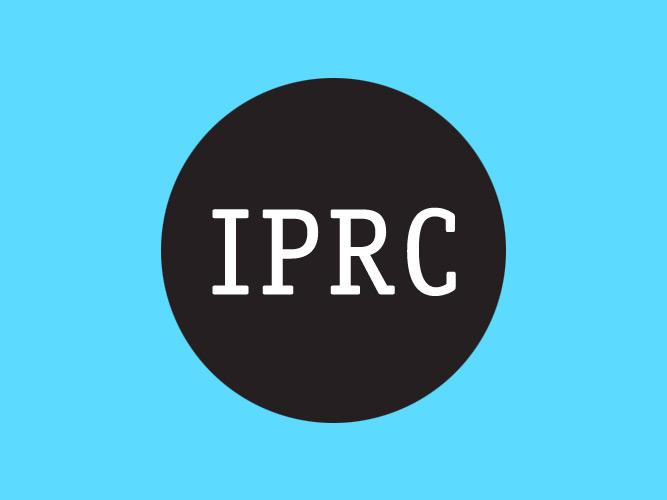Dear IPRC Members and Friends,
It’s with no small amount of reservation that I compose this post.
I’m a writer and the director of an arts nonprofit–so what authority do I have to comment on the recent shootings in Clackamas and Connecticut?
In truth, I have as little grasp on these issues as anyone else.
What I do have, though, are some experiences.
After graduating from the University of Colorado with a degree in psychology, I worked in a residential treatment center for adjudicated youth. These were kids who’d sold drugs and committed violent acts, some involving guns; they’d all spent time in jail, and our facility was a halfway house of sorts.
It was the hardest job I ever had and it paid nine dollars an hour. I was accustomed to working with kids at summer camps or skateparks, so the only part that came naturally for me was Sunday night free time, when we pushed the cafeteria tables aside and rocked breakdancing moves on the slick linoleum.
I eventually learned some boundaries and techniques for confronting the clients’ criminal thought patterns and skewed ideas about what constitutes true manhood. I worked late nights on the weekend shift, then spent my days off recovering and catching up on sleep.
On a day off in April, 1999, I worked in the garden behind my small house, listening to the radio, when the initial reports came in about events unfolding just 50 miles away, at Columbine High School.
At work the next day, even my most hardened clients were disturbed by the news; some had close friends at Columbine.
I eventually left the treatment center job and entered graduate school for creative writing at Colorado State University. As a teaching assistant and eventually an adjunct instructor, I taught students who’d been there at Columbine; I read their firsthand accounts of what it was like that day, in those hallways.
After finishing grad school and a year of teaching, I moved to New York, but made regular trips back to Colorado to visit friends and family. On one of those trips, I rented a car and drove to my sister’s house in downtown Denver.
I was unloading my luggage when a dark SUV roared up behind me.
The door to the SUV flew open, revealing a kid with a blue bandana hiding his face and a gun trained right on me.
He was a kid not unlike those I’d worked with at the treatment center; I almost felt like I knew him. And I could sense that in some ways, he was just going through the motions, that this was an obligated performance for the older male driving the SUV. As he took my money, my laptop computer and my rental car, I imagined that had things been slightly different, the two of us might have instead traded breakdancing moves in a warm dining room.
* * *
A robbery at gunpoint is nothing like a mass shooting. No shots were fired, but for me the residual trauma lingered.
The few months afterward constituted one of the darker periods of my life.
Fortunately, a job offer at the IPRC and a cross-country relocation from New York to Portland helped pull me out of that darkness.
I emerged with the sense that I had to do something.
My first act as IPRC Director, back in 2006, was launching the IPRC’s Media Action Project.
The Media Action Project (MAP) is based on the principles of sociologists like Jackson Katz, who is at the frontline of addressing the crisis of violence perpetrated by young men and boys in our society.
This issue is incredibly complex and fraught with many variables–mental health, gun control, etc–variables that we at the IPRC have no capacity to deal with.
As writers, artists, and zinesters, what we do have is deep experience with the transformative power of critical thinking, media literacy, and creativity, as well as the unifying effect of community.
It’s not our belief that there’s a direct, one-to-one correlation between viewing violent media images and actually committing violence. But the endless stream of media violence does help legitimize conventional cultural constructs about masculinity, including the idea that “real men” use fists or guns to solve their problems.
Since 2006, the Media Action Project has served upwards of 4000 students in the Portland area. In 2012 alone, our Program Coordinator A.M. O’Malley implemented MAP to hundreds of students via a new partnership with the Portland chapter of Campfire.
MAP includes viewing of films such as Tough Guise, which helps young people confront and resist the hyper-masculine disguise that so many boys use to cover up their insecurities. And by empowering them to create their own zines (a medium with a rich tradition of challenging gender constructs), MAP also transforms students from passive media consumers to more active, engaged, and compassionate creators of media.
To quote Raymond Carver, in a time of mourning the Media Action Project is “a small, good thing.”
MAP is a only a drop of water in this ocean of a problem, but it’s what we have to offer, and it’s yet another reminder of the enduring importance of this special place that we call the IPRC.
Thank you for your continued support,
Justin Hocking
IPRC Director
CLICK HERE TO LEARN MORE ABOUT MAP
CLICK HERE TO JOIN THE IPRC OR RENEW YOUR MEMBERSHIP
CLICK HERE TO SUPPORT THE IPRC VIA THE GIVE!GUIDE

